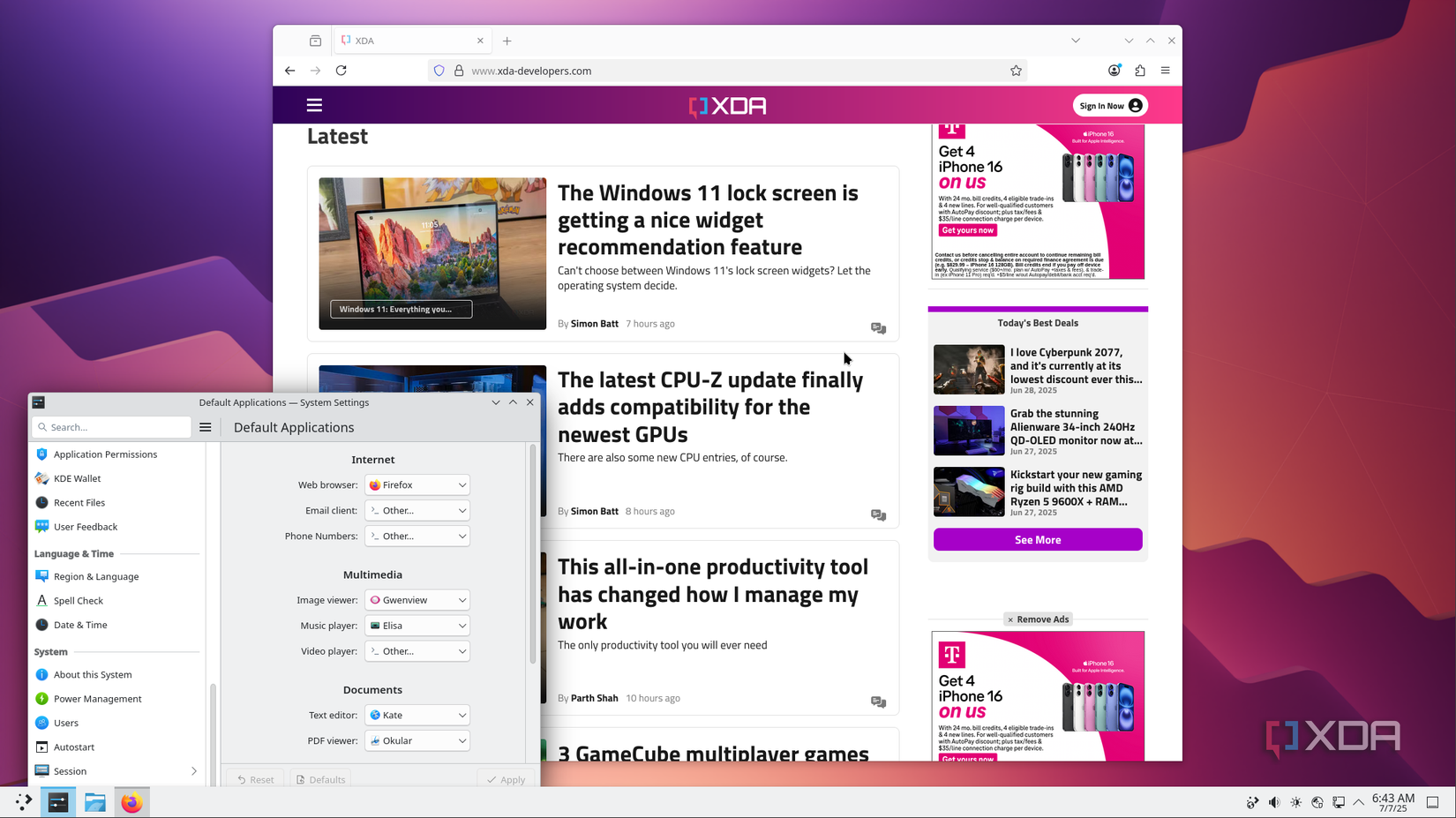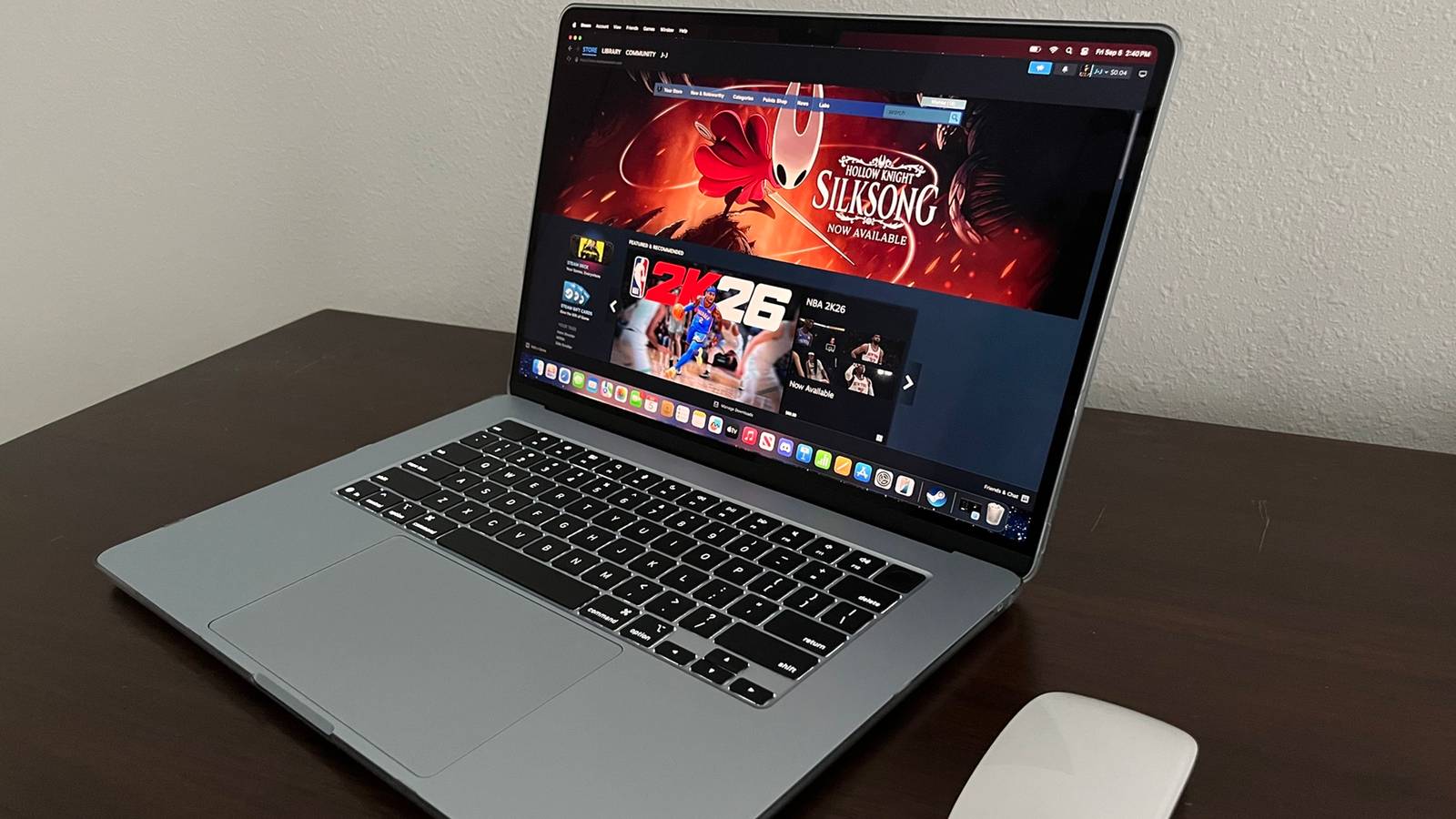I have been using NixOS for a few months now and have been enjoying it a lot, but the learning curve is essentially a steep cliff. Even after months, I still have to spend time figuring out the basics. I didn’t mind this until I realized I had a life and could do something better with my time, like experimenting with an even more unstable distro. Jokes aside, I am now looking for an alternative to NixOS, and the reasons are not limited to the learning curve.
Learning curve is a steep cliff
Even if you’re a seasoned Linux user

NixOS is not a typical Linux distribution. It introduces a radically different approach that can overwhelm you if you are not technical. Configuration is done via the Nix language, a functional, declarative system, which means you must define your entire system in code instead of using familiar tools or one-off commands. To achieve a stable, reproducible NixOS setup, you need to understand Nix’s design and manage the system declaratively rather than simply running package installs as you would on Ubuntu or Fedora.
I am a fairly experienced Linux user, and I still struggle sometimes using it. I would personally not recommend NixOS to users without prior Linux or programming experience, unless they have a lot of time on their hands.
Tasks that would be trivial on Ubuntu, like installing a package or editing a config file, might require you to write or alter Nix expressions and rebuild the system. This complexity becomes even more apparent when things go wrong. NixOS’s unique module system can produce obscure error messages that are hard to decipher. You might see vague errors, like an infinite recursion issue, with no clear hints about what went wrong or how to fix it.
All of this means you’ll have to invest significant time learning NixOS’s concepts up front, far more than with user-friendly distros like Ubuntu or Linux Mint. I have used Arch Linux, and even its difficulty is mostly limited to the initial install. With NixOS, your entire workflow is different, demanding ongoing learning and effort.
The experience is not the most user-friendly
It takes some getting used to
Beyond the steep learning curve, NixOS can feel complex for everyday use. The system expects you to manage almost everything through text-based configuration files and command-line tools. Unlike Ubuntu or Fedora, which provide intuitive graphical settings and automatic configuration for many tasks, NixOS puts the responsibility on you to maintain your system via a single configuration.nix or flake file. I didn’t really mind this, but for everyday use and my use case, it didn’t make sense.
For example, installing a new driver or enabling a system service on NixOS means you have to edit the config file using Nix syntax and rebuild the operating system. On Ubuntu, you might simply click “Enable” in the driver manager or run a simple "apt" install command.
In many cases, the options exposed in NixOS’s config files do not cover every setting of the underlying software. This leaves you unsure how to tweak things that are not explicitly documented. Although community projects have tried to create graphical tools, like a Nix software center or config editors, these are limited in functionality and often fall behind in updates.
Software installation is a challenge
Even though the Nix package manager has a huge collection
Software management in NixOS differs greatly from the standard package managers on Debian, Ubuntu, Fedora, or Arch, and this can be problematic. NixOS uses the Nix package manager with an isolated Nix store, and while it offers a huge collection of packages, installing software outside of that paradigm can be difficult. You generally cannot just download and run a .deb installer or use a PPA as you would on Ubuntu.
If an app isn’t available in the NixOS repositories, you might have to write a custom Nix expression or use complex workarounds. This is a far cry from the one-click install many users expect. Even using language-specific package tools or external installers can break in Nix’s sandboxed environment. For example, Python’s standard virtual environments and pip often don’t work correctly on NixOS, essentially crippling the usual Python workflow unless you switch to Nix-specific solutions.
Common desktop applications can also require extra effort. Installing GIMP with certain extras like CUDA support on NixOS might force you to compile GIMP from source, which can take hours. On a conventional distro, the same feature would be enabled by a quick package install. There are also reports of graphical applications not picking up themes or icons automatically, due to NixOS’s strict isolation of packages. This means you often have to manually configure these settings to get your desktop looking and working as expected.
There are hardware compatibility issues
Even basic hardware requires a lot of effort to set up

Another reason you might shy away from NixOS is hardware compatibility and setup. Popular desktop distributions like Ubuntu, Linux Mint, Pop!_OS, and Fedora put considerable effort into working out of the box on common hardware. They often include proprietary drivers, convenient driver installers, and firmware for Wi-Fi, GPUs, printers, and more, so that you rarely need to tweak anything to get your hardware working.
NixOS, on the other hand, may require more manual intervention. For example, if you have an NVIDIA or AMD graphics card, NixOS will not automatically prompt you to install the driver. Instead, you have to know which configuration option to enable and rebuild your system to get the NVIDIA driver working. For example, you might have a hybrid AMD/NVIDIA laptop GPU that requires manual configuration of GPU switching using instructions from the NixOS wiki. Even then, the graphics ran less efficiently than under a conventional distro like Debian.
Even basic components like Wi-Fi or touchpad gestures might require you to edit NixOS configs or enable community-maintained modules if they don’t work by default. NixOS does offer a collection of hardware-specific modules in the nixos-hardware repository to address quirky devices, but you would have to discover and apply those solutions on your own.
I might go back to Ubuntu
I knew what I was getting into when I started dual-booting NixOS alongside Windows, but I have come to realize that Ubuntu is a better distro for everyday use. If you don’t like Ubuntu, you can try one of these five Linux distros that even run fine on less powerful hardware.
.png)











 English (US) ·
English (US) ·